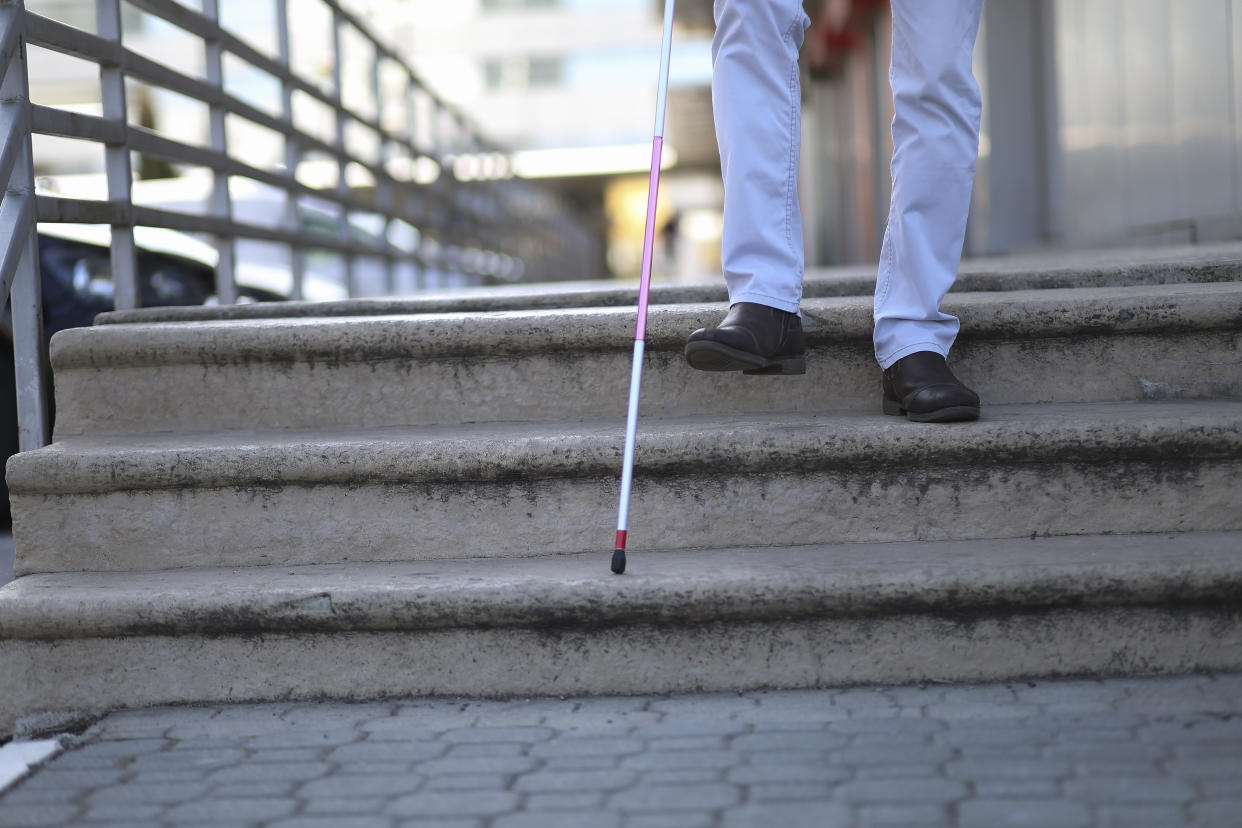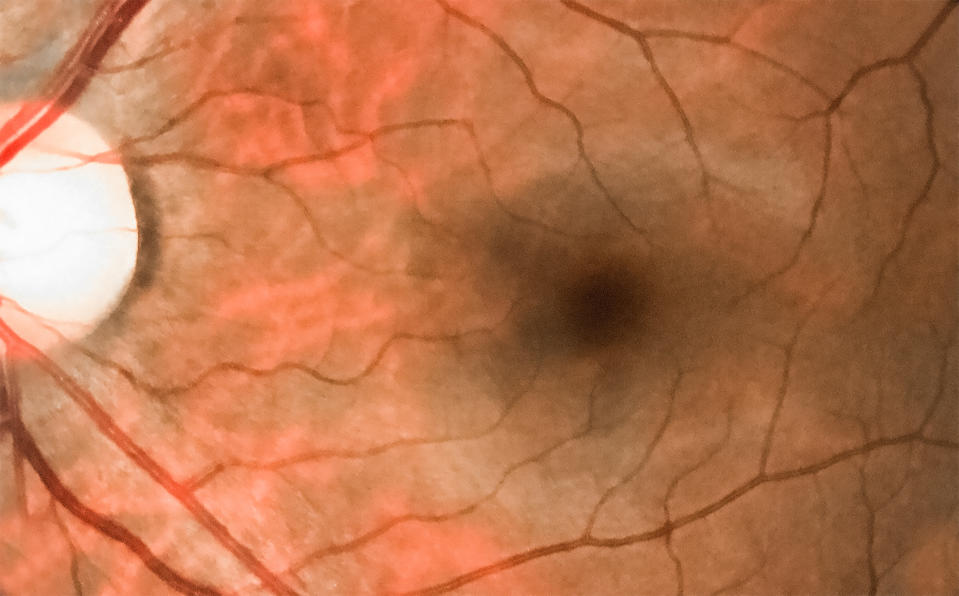Flipping protein 'off switch' may reverse vision loss, mouse study suggests

A discovery could pave the way towards one day reversing vision loss.
Several eye disorders occur when blood vessels grow out of control in the retina – a thin layer of tissue that converts light into signals that get sent to the brain for visual recognition.
A tangled web of blood vessels can block light from reaching the retina, while a severe overgrowth can result in total blindness.
Scientists from The Oklahoma Medical Research Foundation analysed a set of blood vessels that naturally regress and disappear in mice soon after birth.
Read more: Brain injection rids rats of type 2 diabetes for up to several months
They discovered levels of a specific protein plummeted as the rodents experienced the blood vessel loss.
Testing an experimental compound, the team found it flipped an “off switch” that influenced the production of this protein.
Although early days, this could be a “major advance in treatment for vision loss”, according to the scientists.

“Potentially, even patients with advanced disease progression could see their fortunes turned around,” said study author Dr Courtney Griffin.
In the UK alone, almost 2 million people live with sight loss. Of these, around 360,000 are registered as blind or partially sighted.
Around 12 million people aged 40 or over in the US have some form of visual impairment, of whom 1 million are blind.
Read more: Hopes of new pancreatic cancer drug in mouse study
Retinopathy – disease that damages the retina – can occur in premature babies receiving high levels of oxygen in incubators, which may interrupt normal blood vessel development in the eyes.
This often resolves over time, however, some babies endure lifelong vision loss.
Diabetes patients may also have retinopathy if high blood sugar levels damage their retina, which can lead to irreversible blindness.
Watch: Blind teen explains how she uses her braille keyboard
To uncover whether the thinning of tangled blood vessels may help, the Oklahoma scientists analysed a different set of vessels that naturally disappear soon after a mouse is born.
They discovered falling levels of the protein E-26 transformation-specific transcription factors (ETS) accompanied the blood vessel disappearance.
“[Coauthor Dr Chris Schafer] hypothesised these cellular proteins might be an important ‘off switch’ to eliminate these vessels in a neonatal model,” said Dr Griffin.
“This is a new way of approaching these diseases. The current methods, invasive surgeries or life-long injections into the eye, only prevent the disease from advancing and often have serious complications.”
The scientists identified an experimental compound called YK-4-279 inhibits ETS, allowing them to test their hypothesis.
Read more: Mice rid of Parkinson’s in accidental discovery
“We wanted to trick blood vessels in diseased mice into thinking they were supposed to be regressing and naturally dying off,” said Dr Schafer. “This appears to be what happened.”
Results – published in the Proceedings of the National Academy of Sciences journal – also suggest YK-4-279 only affected abnormal vessels with slow blood flow, sparing the healthy vessels.
While early days, the scientists hope their discovery could open the door to tailored treatments that reverse vision loss.
“We’ve shown once these abnormal vessels have formed in the young eye, they’re susceptible to being treated,” said Dr Griffin.
The scientists will next study YK-4-279 in adult eye disease models.
“More research is needed, but this could be a major advance in treatment for vision loss in patients of all ages,” said Dr Griffin.
Watch: Being blind didn’t stop Donovan Tildesley from becoming a Paralympian

 Yahoo Lifestyle
Yahoo Lifestyle 
